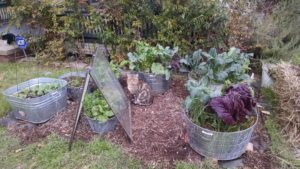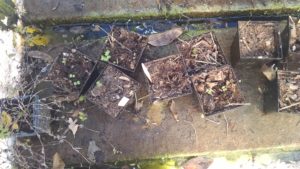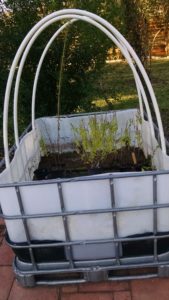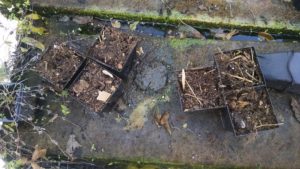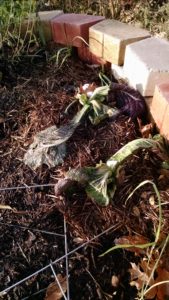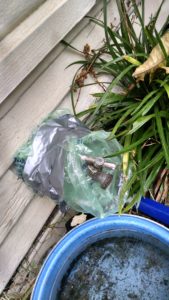As with any venture, it pays to plan beforehand. Here are some considerations to take into account when planning your garden.
Sun Requirements
First to consider is sunlight. Plants need sun. Most plants need up to 8 hours of sunlight, some can make do with 6 and some with 4. But you won’t be able to grow tomatoes and peppers if you don’t have at least 8 hours of sun.
Garden Accessibility
Placement of the garden is important. Is the site easily accessible? If it’s not, then you probably won’t be visiting it very often. And gardens require frequent checking. The ideal spot is close to your kitchen door, or where you will walk every day. That way, you can eyeball the plants and see if they are thriving, if they need water, if weeds are encroaching, and what can be harvested. Okra and squash can go from edible to gigantic and woody within a couple of days. It pays to keep an eye on them daily.
Start Small
What sort of space is available in that sunny area? Is it small? Is it large? The temptation for a large area is to turn it into a garden immediately – and then it gets away from you and grows weeds and you get discouraged. Even if your family is excited about a garden, how excited will they be when it is hot (for a summer garden) or cold (for a fall/winter garden) and the garden needs watering, weeding, and harvesting?
Time Availability
No matter the size of the space, START SMALL AND SUCCEED. What time do you have to devote to a garden? A small plot, maybe two 4’x8’ beds, can be maintained in about 15 hours a day. For a larger area, such as a 1200 sq. ft. garden, plan on devoting up to 4 hours a day.
In-ground or Containers?
Do you want to prepare an in-ground garden or go with containers? If you rent and your landlord doesn’t want you tearing up lawn, then containers or straw bales might be the way to go. (NOTE: In the Resources section of this website is a summary of how to build a straw bale garden.) Alternatively, if your sunny spot is on a patio or paved area, containers and/or straw bales would work well.
Physical Capability
What is your physical capability? I’m of the age that working an in-ground garden is difficult, with all the bending required, and getting and down and then up again isn’t so easy. I opted for containers and straw bales in my last house. My next one, I’ll build raised beds (at least 24” high) to avoid stress on my back.
Agriscaping
Another way to garden is to tuck edibles in and amongst your ornamental plantings. Some vegetables can be very pretty and colorful (bell peppers come in purple, yellow, red, as well as green). This is called “agriscaping.”
Budget
And then there’s money. How much do you want to spend on building your garden? There are ways of digging in-ground beds and building soil that are inexpensive, and there are methods that are as expensive as you want them to be – like building raised beds with timbers, bricks, pavers, or rock. Look to your budget.
Width of Beds
If you are planning go build the garden in-ground (or even if you build wooden boxes for raised beds), consider how wide the beds should be. Three feet wide is an easy width for accessing even the middle of the bed from either side. A four-foot wide bed might be a stretch. And why is this? Because you don’t ever, ever want to walk on the planting beds once they are set up. Walking on the beds compacts the ground and reduces the ability of the soil to absorb water and provide ease of penetration for plant roots. We’ll get into soil building in another module.
What’s Ahead
In the next installment, we’ll talk about water for your garden. Stay tuned ….

